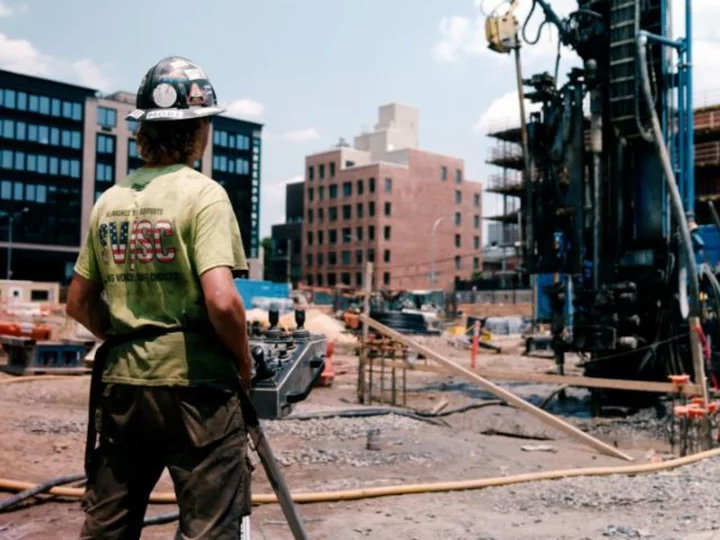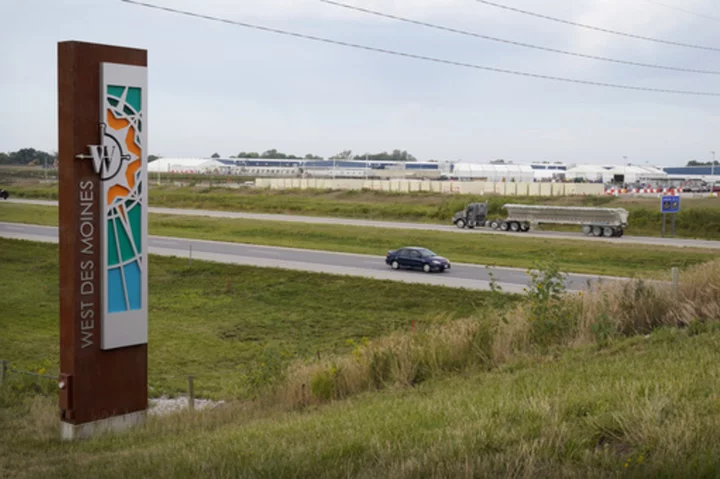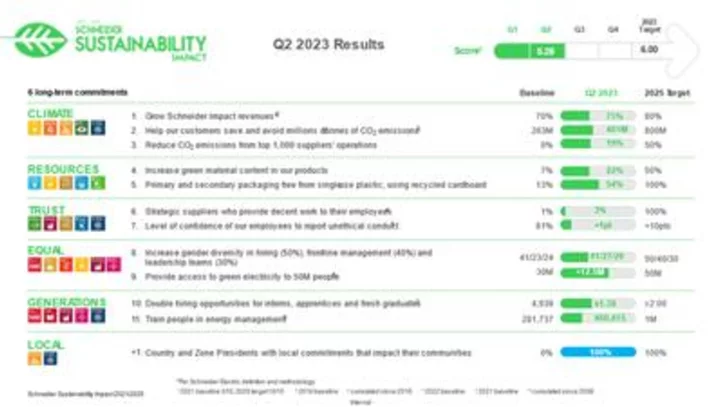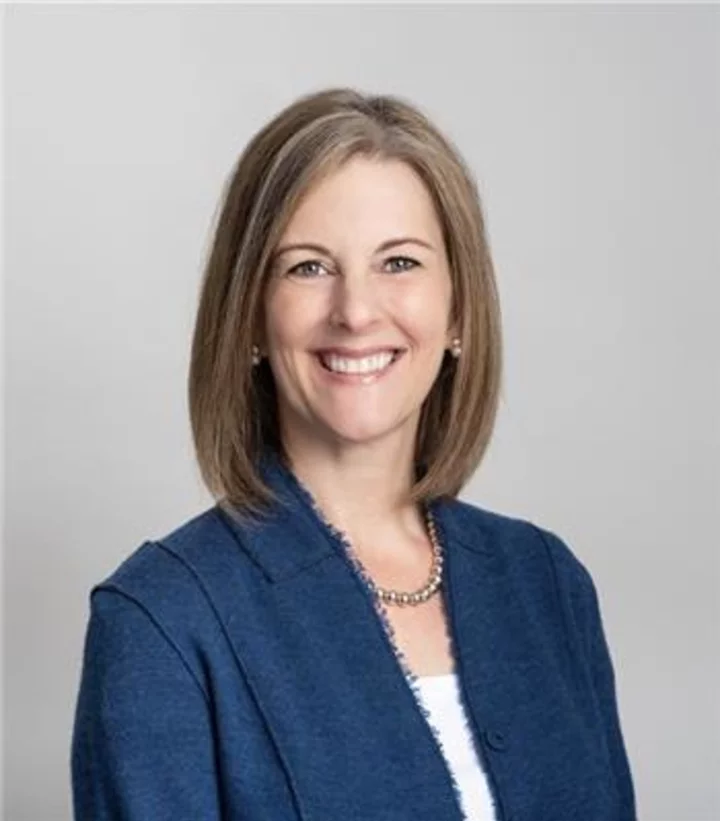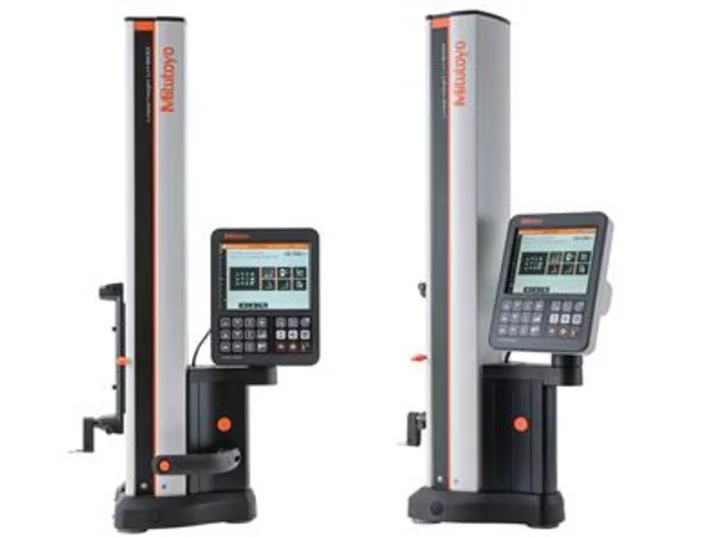In mid-July at the construction site at 1 Java Street in Brooklyn, New York, the outside temperatures can reach sweltering highs in the 90s. But 500-feet underground, it's 55 degrees all year round.
That stable, underground temperature will be key to making life comfortable in the residential building that will soon sit on the site, a scenic spot in the Greenpoint neighborhood along Brooklyn's waterfront.
With 834 rental apartments plus commercial space, 1 Java Street is set to be the largest multifamily, residential building with "geothermal" heating and cooling system in New York State — and potentially the country — when it's completed in late 2025, according to developer Lendlease.
Geothermal technology is essentially a more eco-friendly version of an HVAC system, allowing the building spaces and water to be cooled and heated more efficiently, without traditional window AC units and natural gas. Lendlease says the technology will make it possible for the nearly 790,000-square foot building to release around 55% less carbon and achieve net zero greenhouse gas emissions.
With summer temperatures reaching record highs around the world, experts say finding ways to cool buildings that are less taxing on the environment could be crucial in fighting climate change. Even back in 2018, air conditioning and electric fans accounted for around 20% of total global electricity use, according to a report published that year by the International Energy Agency. Now, energy and urban development experts are urging cities and developers to implement new solutions to keep buildings cooler. And both New York City and the Biden administration have identified geothermal systems as one way to reduce greenhouse gas emissions.
"Whenever we look at a site, we consider how we can make it more sustainable," Layth Madi, Lendlease's senior vice president and director of development, told CNN, adding that the development firm is aiming to reach net zero by 2025 and be fully decarbonized by 2040.
"I think many residents will choose to live in this building because of its green credentials," Madi said. "We know a lot of people are thinking about climate change and our impact on the planet."
Geothermal plumbing works by sending water from a building deep into the ground below it to take advantage of the earth's naturally stable internal temperature — on hot days, the underground temperature will reduce the temperature of warm water from the building to help with cooling; on cold days, it will warm up cold water to help with heating.
At 1 Java Street, construction crews are drilling 320 holes, each around 4 inches in diameter and 499-feet deep, to create the building's geothermal piping system through which the water will be pumped.
"Your thermostat turns on and it tells your building, 'I need heating or cooling.' And it energizes pumps, and those pumps flow fluid through the [geothermal] circuit that we've established here on site," said Adam Alaica, director of engineering and development at Geosource Energy, the Canadian firm that's installing the geothermal system at 1 Java Street.
For now, the process doesn't come cheap. Installing the building's geothermal system increased construction costs by around 6%, according to Madi, and required securing equipment and trained manpower that remains relatively scarce.
"We're seeing rapid growth — I would say approaching that of exponential growth year over year in interest in the technology, which is very exciting for the industry as a whole," Alacia said. "The bottlenecks to that growth have always been, and will continue to be in the years to come, specialty machinery to implement this infrastructure and the people resources it takes to do this."
Eventually, though, as more developers invest in geothermal and more companies provide the specialty training needed to install the technology — Geosource operates its own training program — Madi said he expects the costs to come down. And once the building is up and running, it should be more cost efficient to heat and cool.
Lendlease didn't specify whether residents of 1 Java Street will experience any cost savings on utilities thanks to the geothermal system (the units themselves will be priced at market rate, with 30% of them set aside as affordable housing). "Ultimately, it will be up to tenants to manage their power consumption and work with the utility company on billing," the company told CNN.
While 1 Java Street will be one of relatively few geothermal buildings in the state, the companies behind its development say New York — and the world — could use more buildings like it.
"Geothermal is not a new technology ... there's kind of a primitive component to it, using the earth as a heat source and heat sink," Alacia said. "In general, geothermal can really be used anywhere you have ground under your feet ... The cost and the business case can vary, but technically it has strong credentials really anywhere in the country."

